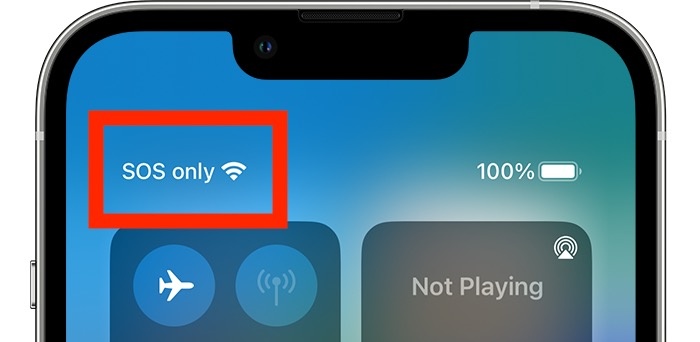The importance of our phones in our lives is undeniable. However, sometimes the lack of network coverage, especially in remote areas, can be a major problem. So, how are emergency calls made even in places without network coverage? Normally, your phone sends a signal to the nearest network tower. This signal goes through various stages to establish communication. However, when you are outside the coverage area, your phone can automatically switch to another provider’s network. This is mostly due to the GSM technology of most SIM cards and is generally limited only to emergency calls.
Receiving Signal from the Nearest Network Tower
When your provider’s coverage is insufficient, your phone connects to a roaming network. These networks are usually linked to your main provider. If these networks also cannot provide a sufficient signal, your phone searches for the strongest available network signal to allow you to make an emergency call. Interestingly, even if your SIM card does not work, you can call emergency numbers (like 911 or 112) in most countries. This is facilitated by your phone’s antenna, which plays a critical role in transitioning between networks.
Communicating with Cell Phones in Emergency Situations
However, we must remember that if you are in a location without any network coverage, even emergency calls will not be possible. In such cases, researching alternative communication methods is important. For example, satellite phones or radios can be vital for trips to remote areas.
As a result, thanks to this miraculous use of technology, our cell phones have become a lifesaving communication tool in many emergency situations, becoming an indispensable part of the modern world. These technological advancements sometimes provide a safety net in our daily lives that we may not always be aware of.
Source: ScienceABC
